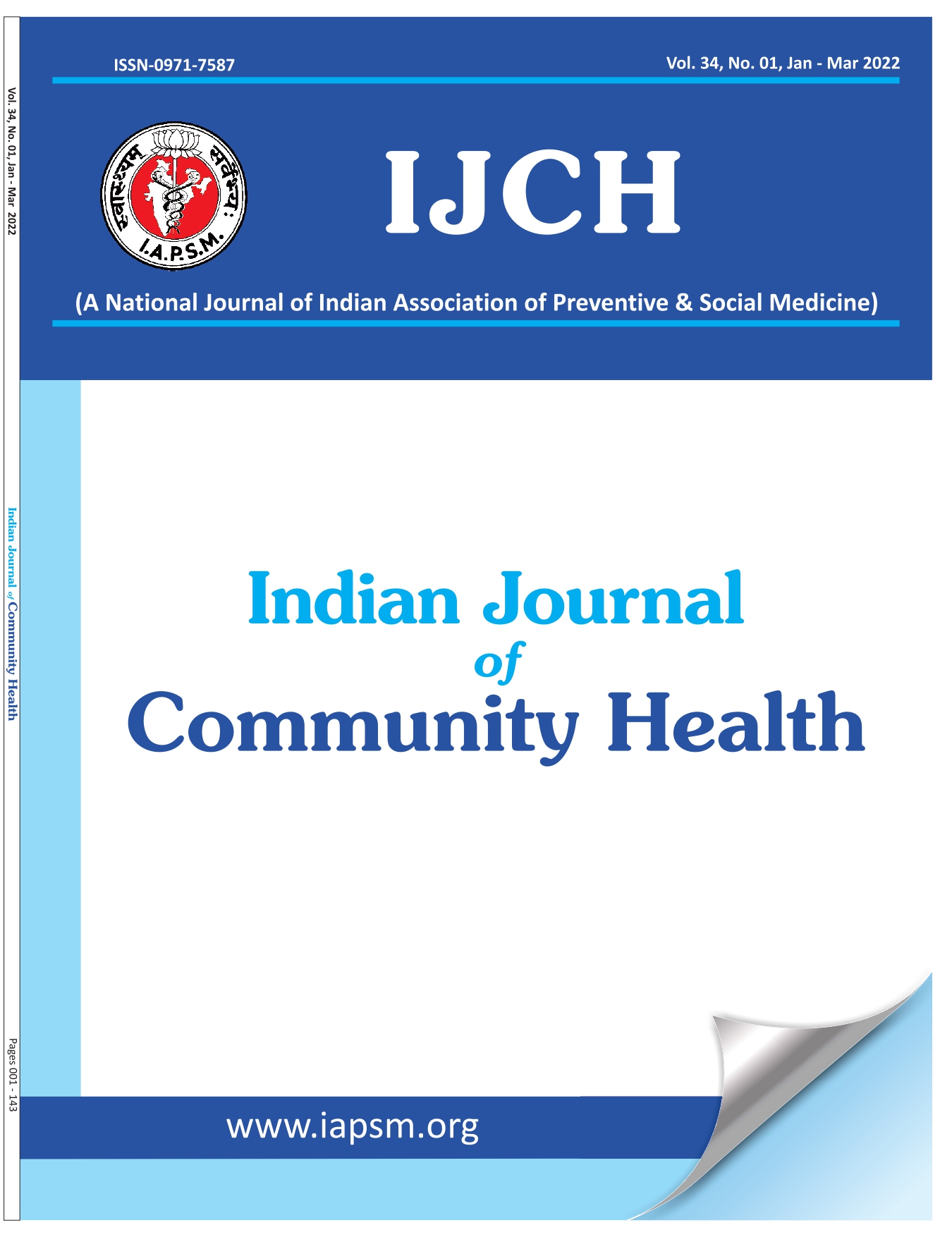THE SOCIAL AND OCCUPATIONAL HEALTH PROBLEMS OF CHILD LABOUR: A CHALLENGE THE WORLD IS FACING
Abstract
Eliminating child labour is one of the biggest challenges that the world is facing. Child labour not only causes damage to a child’s physical and mental health but also keeps him deprived of his basic rights to education, development, and freedom. Children of lower socio-economic class are known to be inducted as child labour. The main causes of child labour include poverty, unemployment, excess population and urbanization. The construction sector is one of the most hazardous working environments especially for children. Children are exposed to dangerous machinery causing fatal and non-fatal injuries, while operating or working near them. Children are exposed to strenuous labour, which can affect the musculo-skeletal development of the children. In industries, child workers are exposed to various physical, mental, social occupational hazards resulting in lower growth and poor health status. Working long hours, child labourers are often denied a basic school education, normal social interaction, personal development and emotional support from their family. The Child Labour Act was implemented in India in 1986 that outlaws child labour in certain areas and sets the minimum age of employment at fourteen. Eradicating poverty is only the first step on the road for eliminating child labour. There is an urgent need for intensive focus and research along with political and practical decisions to improve the conditions of working children for the betterment of their health and development. Proper education of the children and banning child labor will help in boosting the success of the country.





